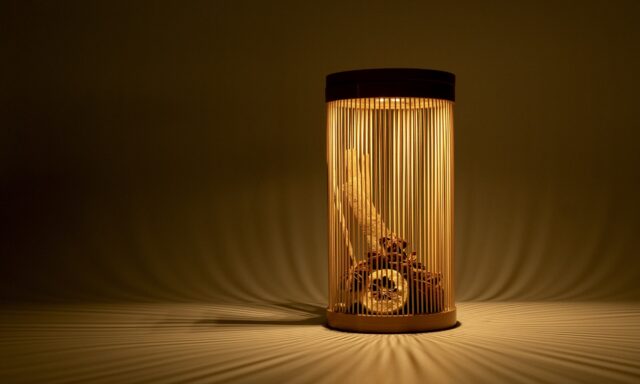Newly Launched “Yakiiro” Chopstick Rest by MIYAMA
New Products VOL.19
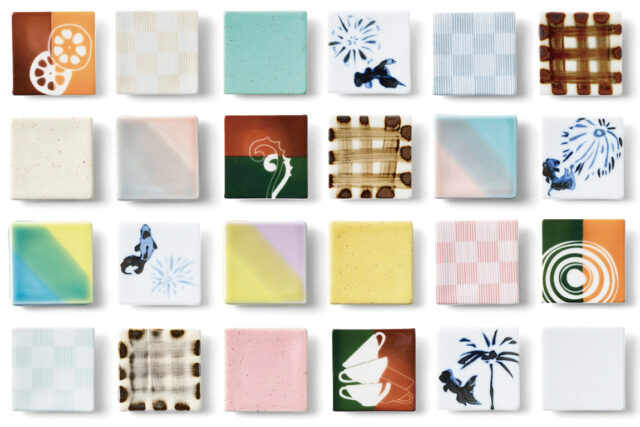

VOL.1-19
Update

VOL.1-27
Update
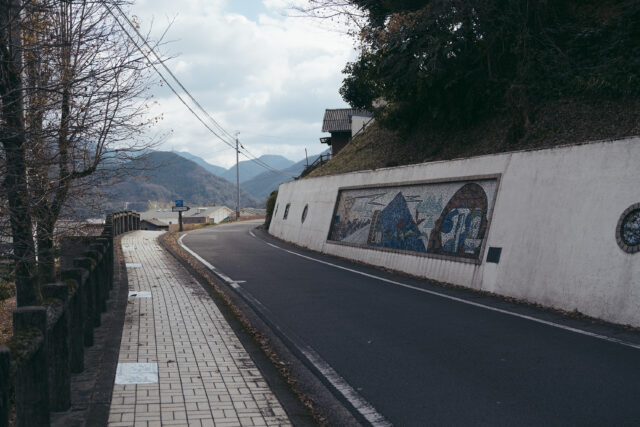
VOL.1-4
Update
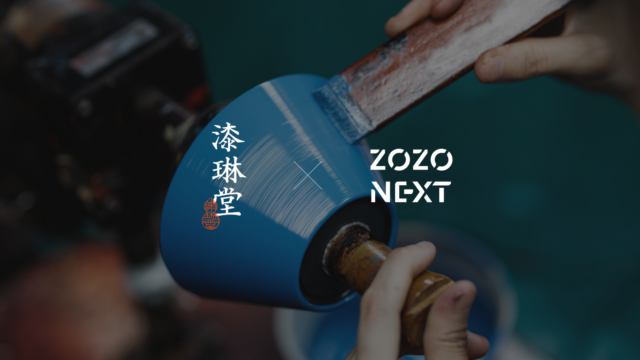
VOL.1-19
Update
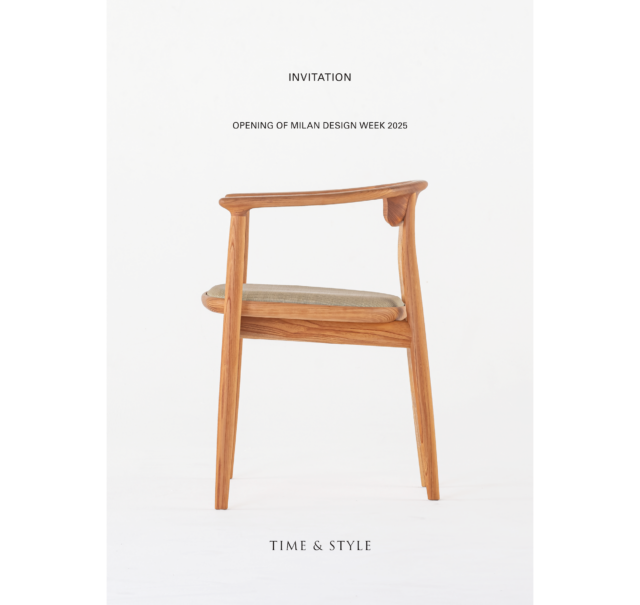
VOL.1-43
Update
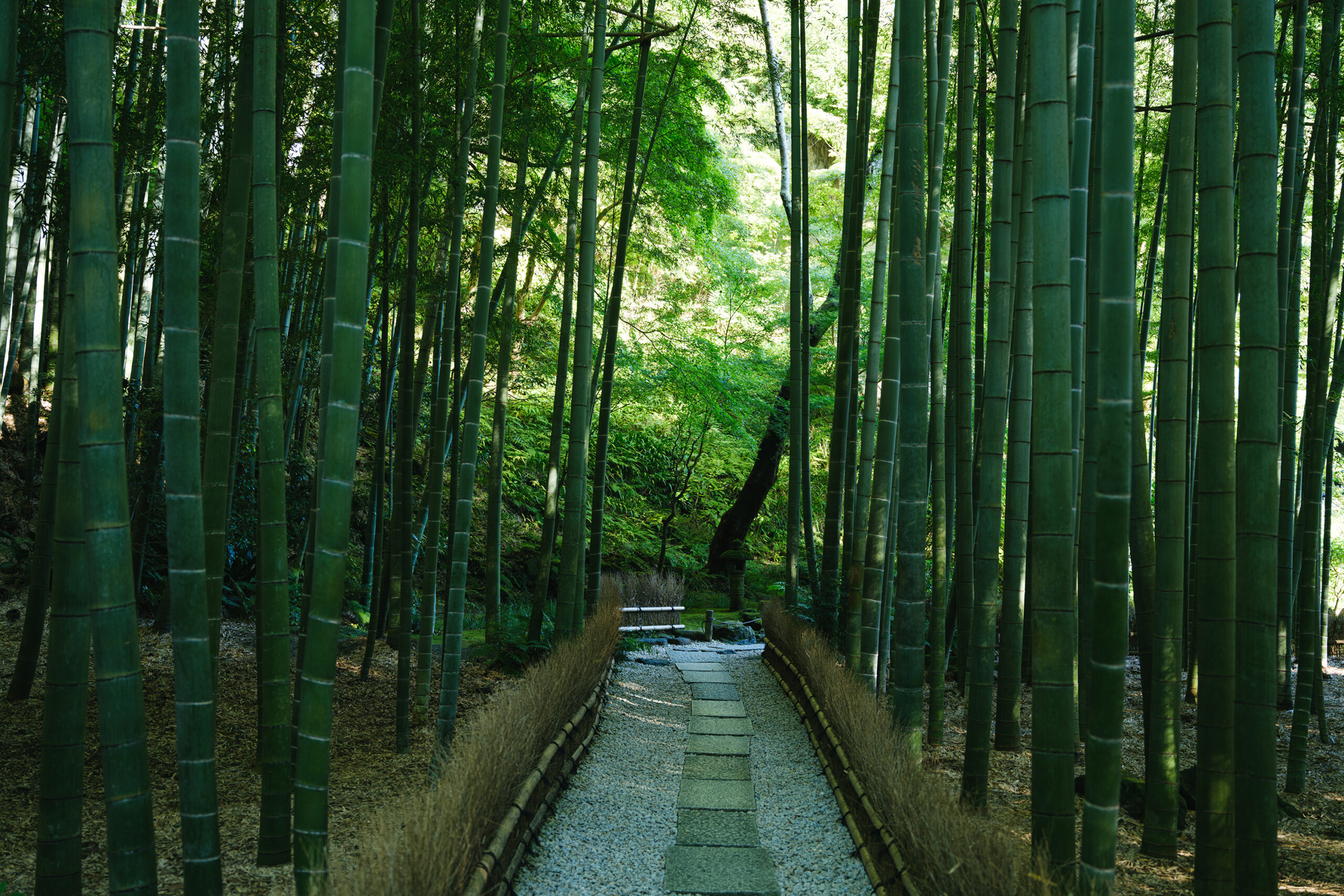
VOL.1-2
Update
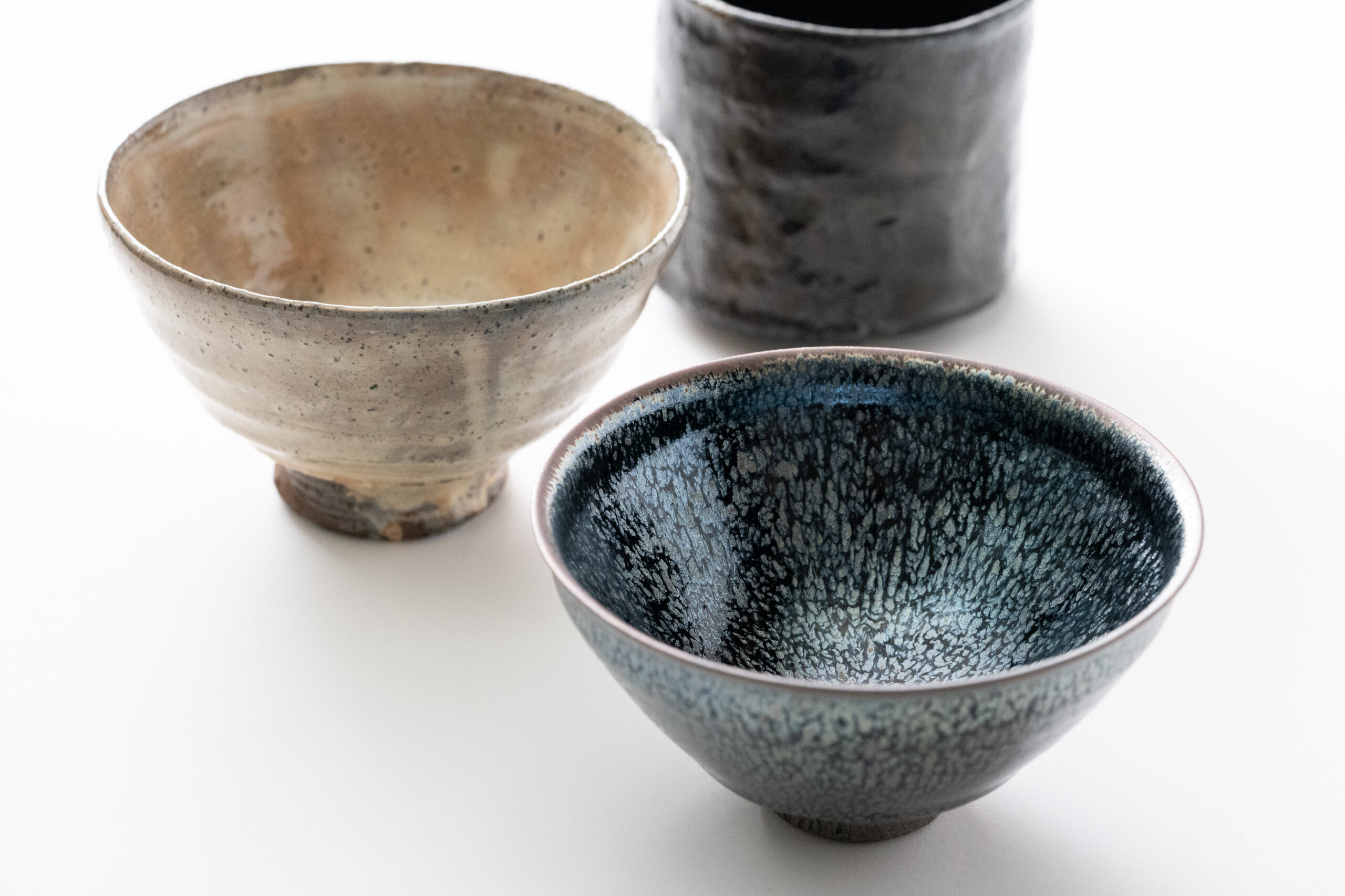
VOL.1-3
Update
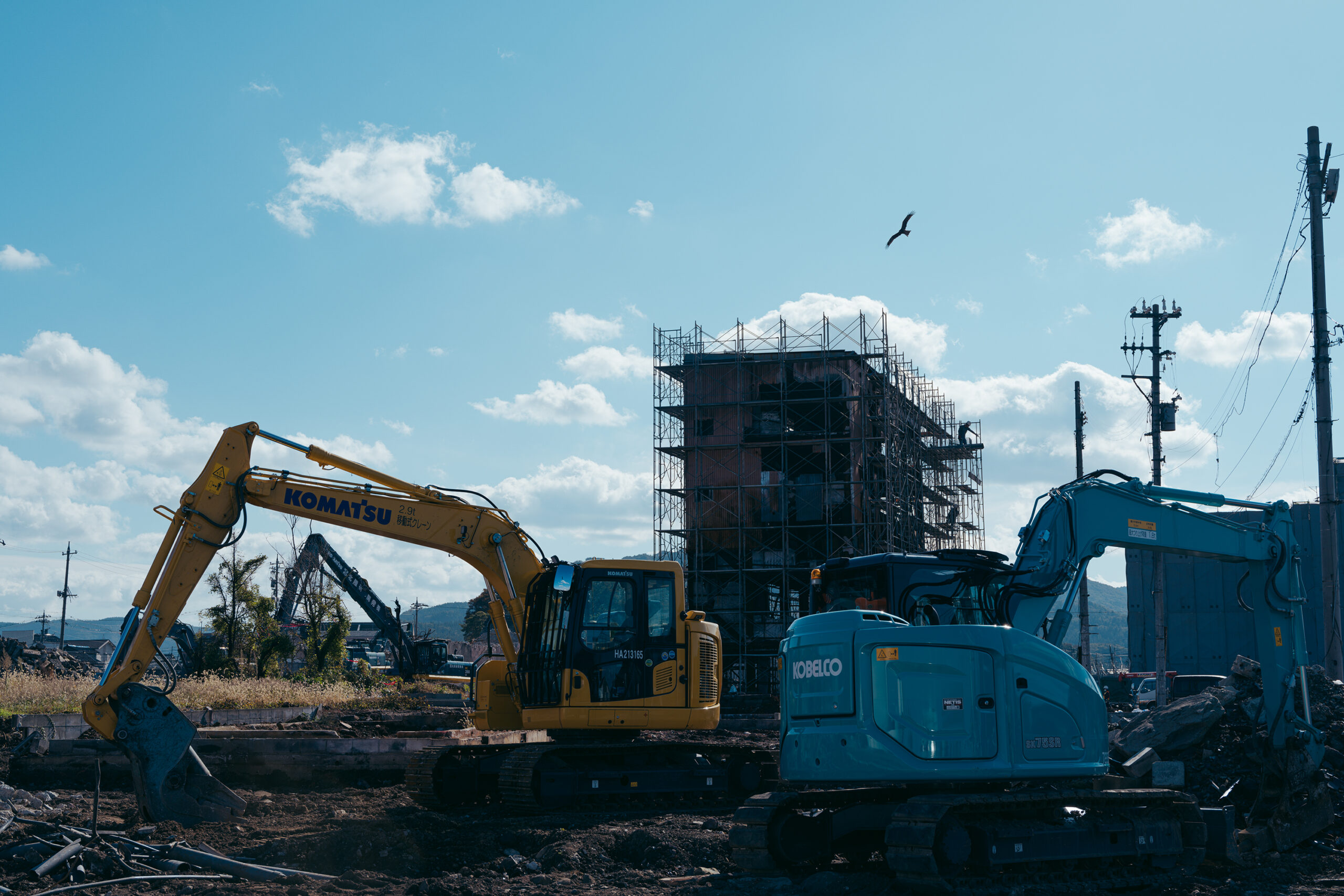
VOL.1
Update
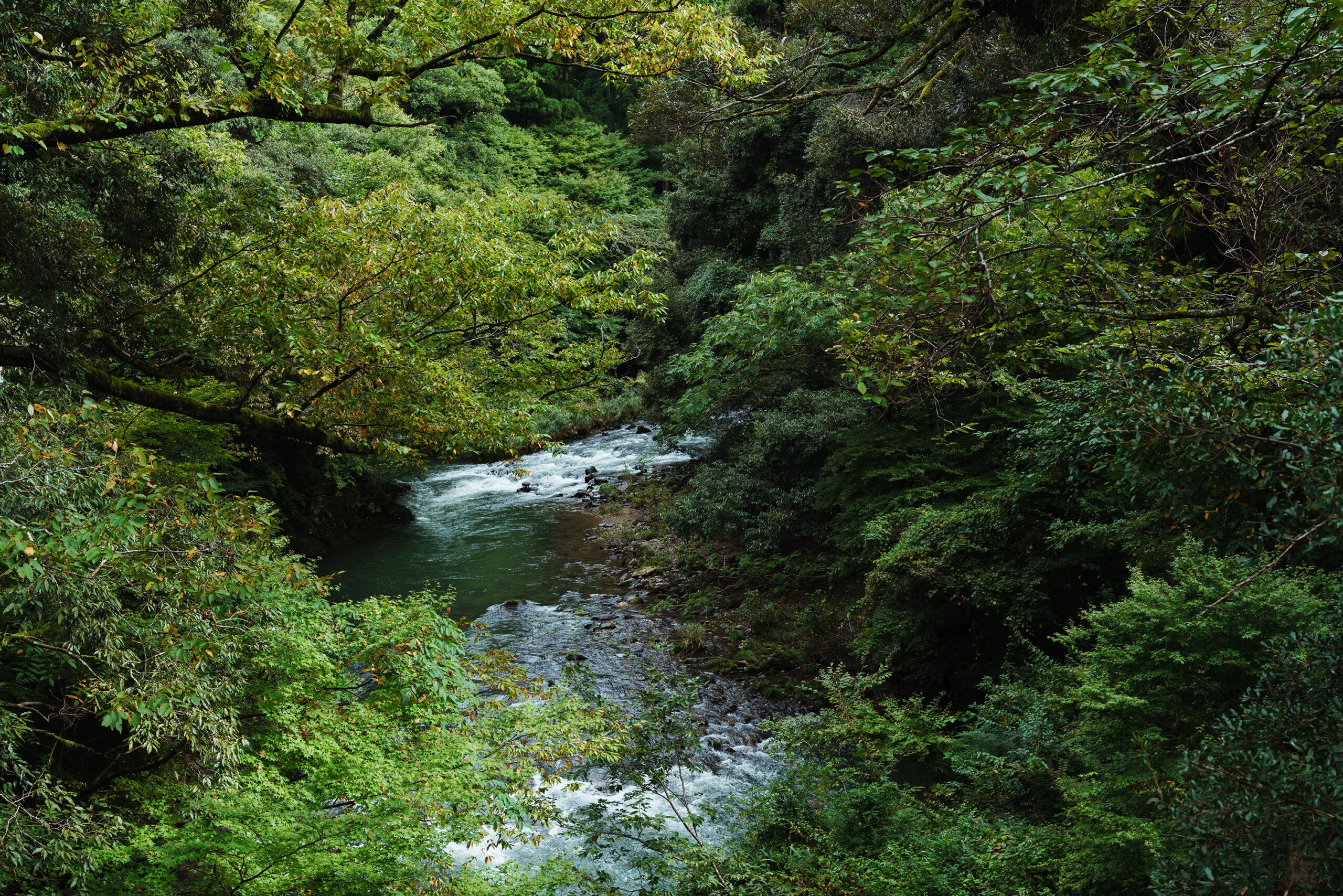
VOL.1-7
Update
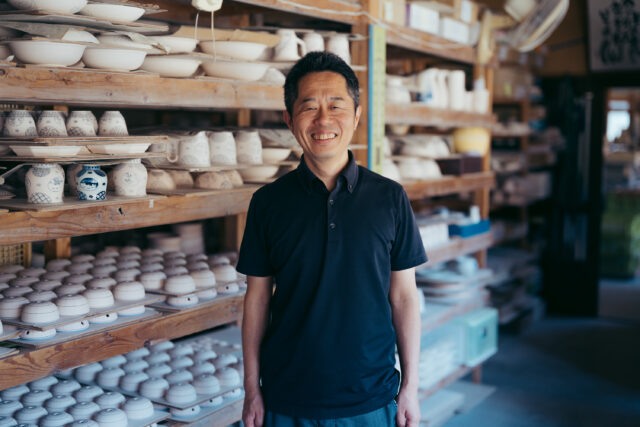
VOL.1-32
Update
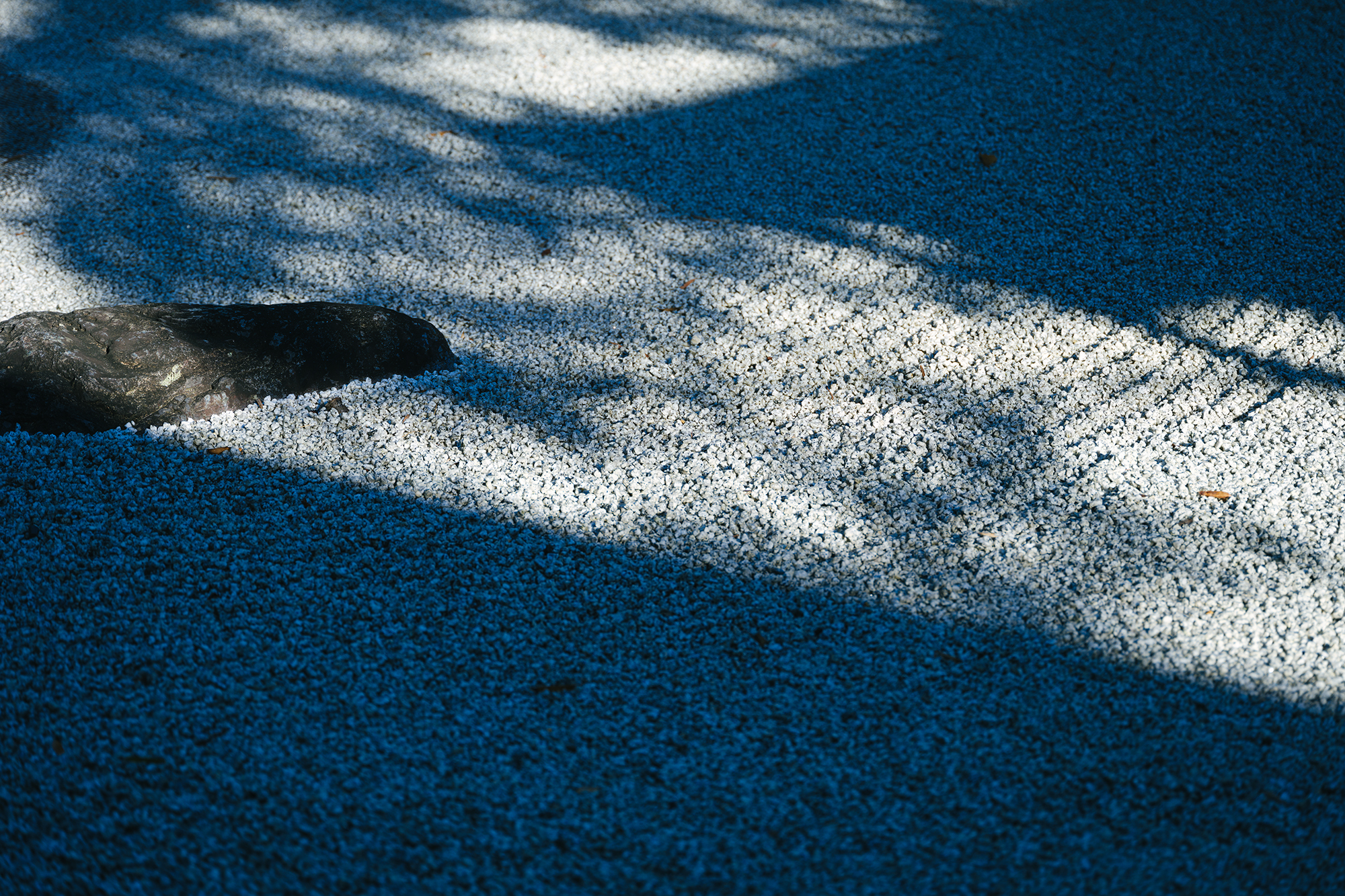
VOL.1-12
Update
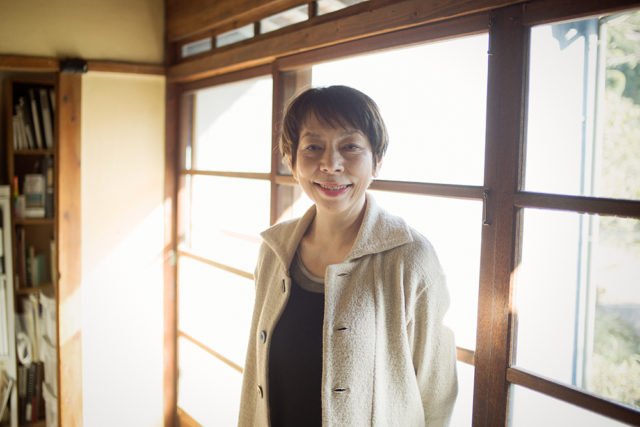
VOL.1
Update
We share a variety of information and perspectives on Japanese crafts, including exhibition information and interviews.
New Products VOL.19
Exhibition • Event Report VOL.27 AD
New Products VOL.18
Editor's Column "Craft Production Regions" VOL.4 AD
Jun 29 – Sep 7, 2025
Midorigaoka Art Museum Annex
Jul 1 – Jul 8, 2025
ART SPACE IGA
Jul 2 – Jul 8, 2025
Nihonbashi Mitsukoshi
Jul 4 – Jul 8, 2025
SHIBUYA KURODA TOEN

The bamboo material in Kyoto has a long history. It is said that the first bamboo that was brought from China was grown in this area during the Heian period (794-1185). Located south of the Kyoto Imperial Palace, Daruma-cho is a neighborhood with many antique shops and antique art dealers. This is where Takemata Nakagawa Takezaiten runs their business as a supplier of bamboo and has been doing so for eleven generations since its establishment in 1688. It is said that Kyoto produces good quality bamboo because the significant temperature differences between the summer and winter months is ideal for their growth thus they have been a part of essential building materials for Japanese architecture since the olden days. The bamboo industry had experienced decreasing demand during the postwar period along with the emergence of new building materials. However, Takemata overcame the downturn by offering various services related to the bamboo material, such as primary processing of “Kyo-meichiku” (Kyoto bamboo), which is used for buildings in Kyoto or crafts such as Japanese tea ceremony utensils, and construction of bamboo fences in Japanese garden and temples. The company is able to handle all the processes for these works in-house as they have developed a wide range of techniques for the wide varieties of bamboo works that they have done through the generations.
Takemata’s techniques are based on their long experience as a bamboo dealer. Having dealt with various kinds of bamboo, they are able to choose suitable materials for different products. Among them are their reputable “komayose” and “takegaki” types of traditional bamboo fences which are essential to the city of Kyoto.
Besides dealing with traditional products such as bamboo fences and architectural materials, Takemata also collaborates with designers and artists and their creations have been showcased in Milan and Paris. In particular is “Cha no ma”, a ready-to-assemble Japanese-style room which was produced in 2015 in collaboration with a Kyoto based designer. It was exhibited internationally and the beauty of its latticework created by the nodes of natural bamboo garnered attention worldwide. In this small and cozy installation, Takemata’s craftsmanship of drawing out the beauty of this natural material shone through.
